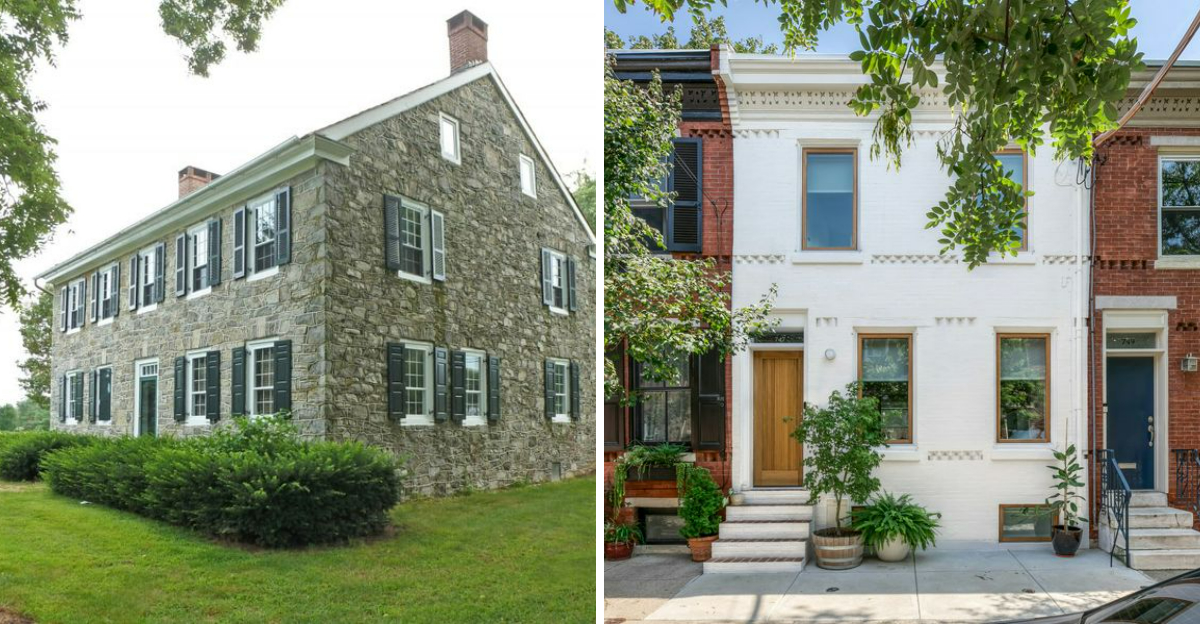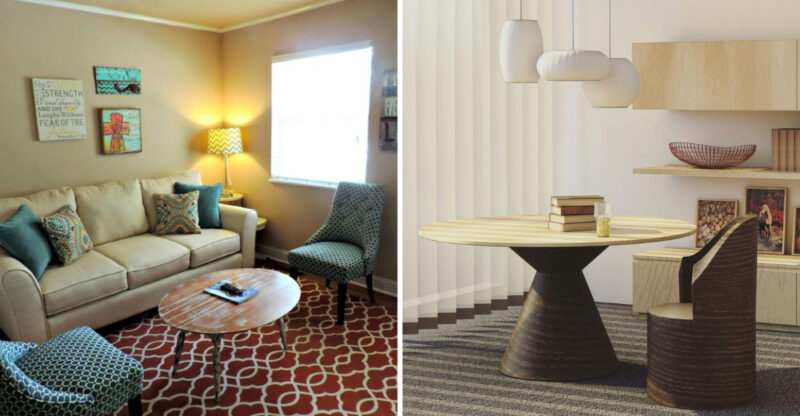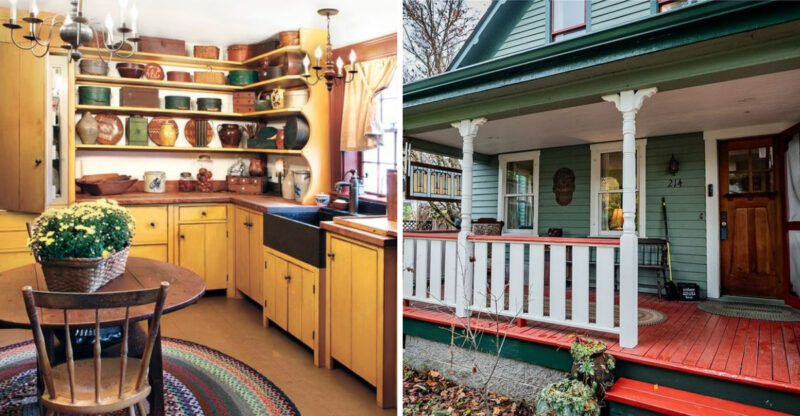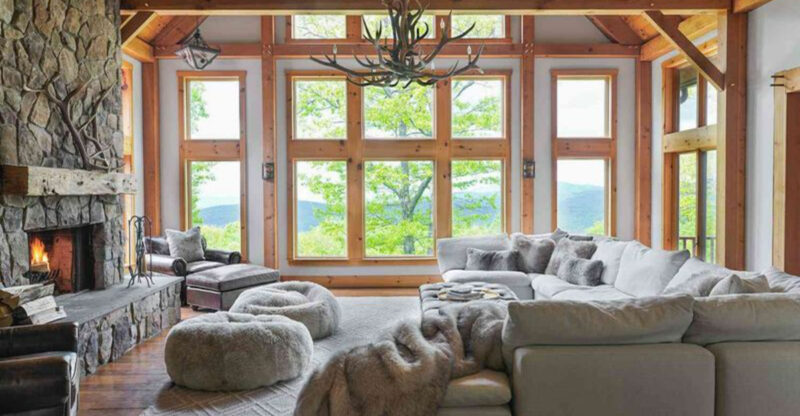10 Pennsylvania Home Types Set To Lose Value By The End Of 2025

Pennsylvania’s housing market is facing some serious shifts, and not all properties are positioned to thrive in the coming years. If you’re thinking about buying or selling, understanding which home types might lose value can save you thousands of dollars.
I’ve put together this guide to help you make smarter real estate decisions before 2025 ends. Let’s explore which Pennsylvania homes could be headed for trouble.
1. Isolated Rural Homes
Living far from civilization sounds romantic until you need groceries or internet access. Rural properties without easy access to jobs, schools, and amenities are becoming less attractive to buyers who now prioritize convenience.
Remote work isn’t as permanent as we thought, and families want shorter commutes. Buyers today prefer locations where they can reach essential services within fifteen minutes, not an hour away.
2. Oil-Heated Homes
Heating oil prices keep climbing, and buyers are running away from homes that rely on this expensive fuel source. Modern families want predictable monthly costs, not wild swings based on global oil markets.
Converting to natural gas or electric heat pumps costs thousands, which scares off potential purchasers. Properties with oil heat are sitting longer on the market because nobody wants that financial headache anymore.
3. Floodplain Properties
Insurance companies are dramatically raising rates for homes in flood-prone areas, sometimes tripling premiums overnight. What used to be a charming riverside property now feels like a financial liability that could flood your bank account.
Climate change means more extreme weather events across Pennsylvania. Buyers are checking FEMA flood maps before even scheduling showings, instantly eliminating properties in high-risk zones.
4. Vacant and Abandoned Homes
Empty homes deteriorate fast, and neighborhoods notice when properties sit neglected for months or years. These houses drag down surrounding property values and attract unwanted attention from vandals and squatters.
Rehabilitation costs often exceed the home’s potential value, making them terrible investments. Municipalities are cracking down with fines and demolition orders, turning these properties into money pits that nobody wants to touch.
5. Historic Stone Houses With Issues
Character comes with a price tag that many buyers can’t afford anymore. Stone homes built centuries ago often have foundation issues, moisture problems, and repairs that require specialized craftsmen charging premium rates.
Historic preservation rules can restrict renovations, trapping owners between expensive maintenance and limited improvement options. Young buyers want move-in ready homes, not restoration projects that consume weekends and budgets for years.
6. Homes Without Energy Upgrades
Utility bills are shocking homeowners every month, and properties without proper insulation are bleeding money through walls and windows. Buyers now request energy audits before making offers, instantly spotting inefficient homes.
Modern families prioritize sustainability and lower operating costs over square footage. Homes lacking double-pane windows, updated HVAC systems, and adequate insulation are losing appeal rapidly as energy consciousness grows across all demographics.
7. Overbuilt Suburban Single-Family Homes
Developers went crazy building massive subdivisions, and now these neighborhoods are flooded with nearly identical homes competing for buyers. Too much supply means sellers are dropping prices just to get noticed among dozens of similar listings.
Suburban sprawl lost its charm when commutes got longer and local character disappeared. Buyers are choosing established neighborhoods with personality over cookie-cutter developments that all look the same.
8. Older Urban Rowhouses
City living appeals to young professionals, but cramped rowhouses with tiny rooms and no parking are losing their charm. Modern buyers want open floor plans and dedicated workspace, which these narrow structures simply cannot provide.
Shared walls mean noise complaints and limited renovation options that frustrate owners. Without yards or parking, families quickly outgrow these properties and struggle to find buyers willing to accept the same compromises.
9. Homes With Outdated Floor Plans
Chopped-up layouts with formal dining rooms and tiny kitchens feel suffocating to modern families who prefer open-concept living. Buyers want to see their kids while cooking dinner, not be trapped behind walls in separate compartments.
Renovating floor plans costs serious money, requiring structural changes and professional contractors. Most buyers would rather pay more for a home with the right layout than tackle expensive demolition and reconstruction projects themselves.
10. McMansions
Those massive homes built in the early 2000s with weird roof lines and clashing architectural styles are officially out of fashion. Heating and cooling these monsters costs a fortune, and younger buyers prefer smaller, well-designed spaces over sheer size.
Maintenance expenses are crushing owners who underestimated the cost of managing five thousand square feet. Resale values are dropping as buyers realize that bigger isn’t better when it comes with higher taxes, utilities, and endless upkeep.





